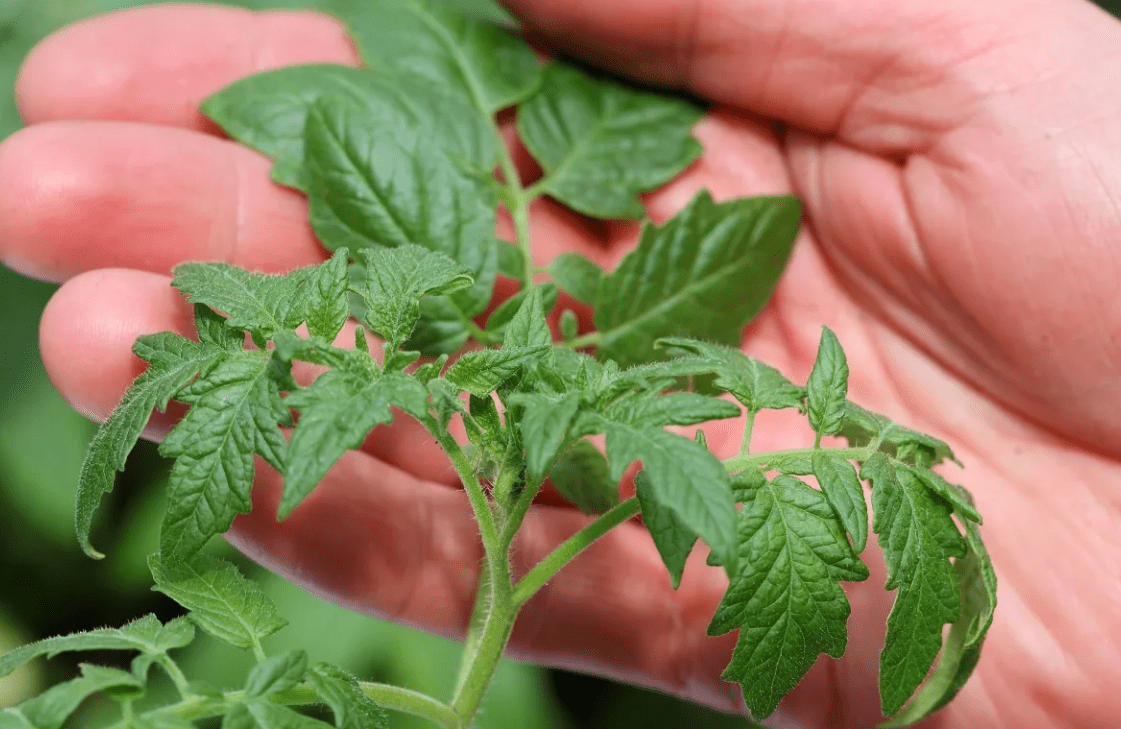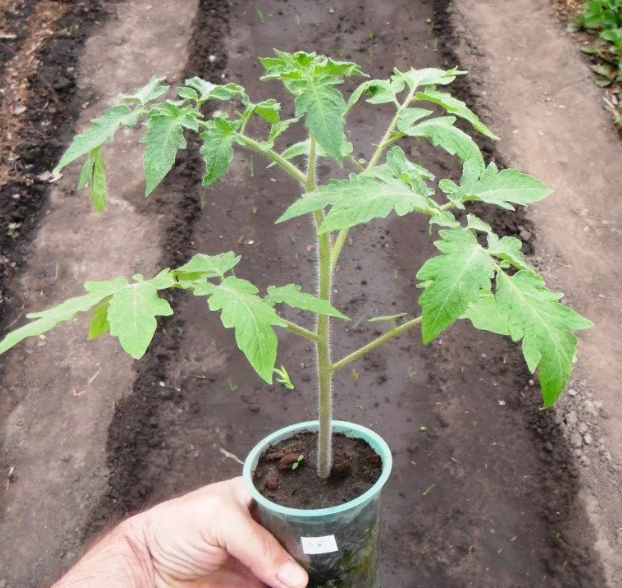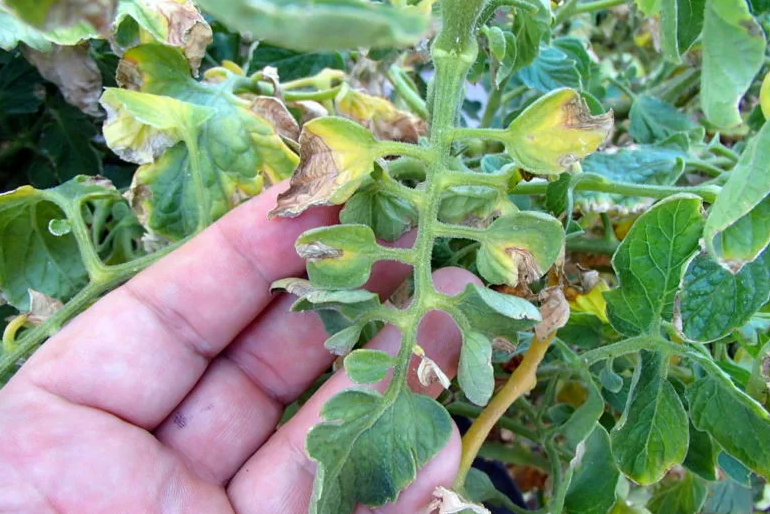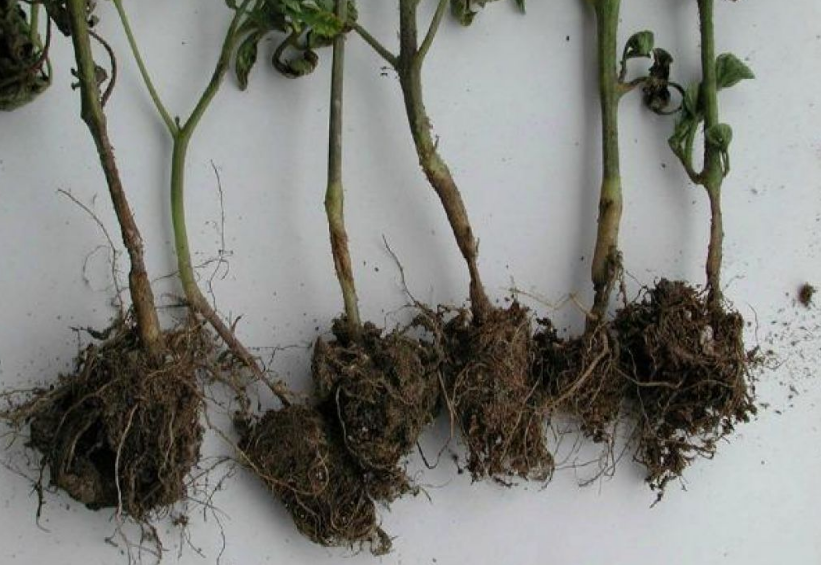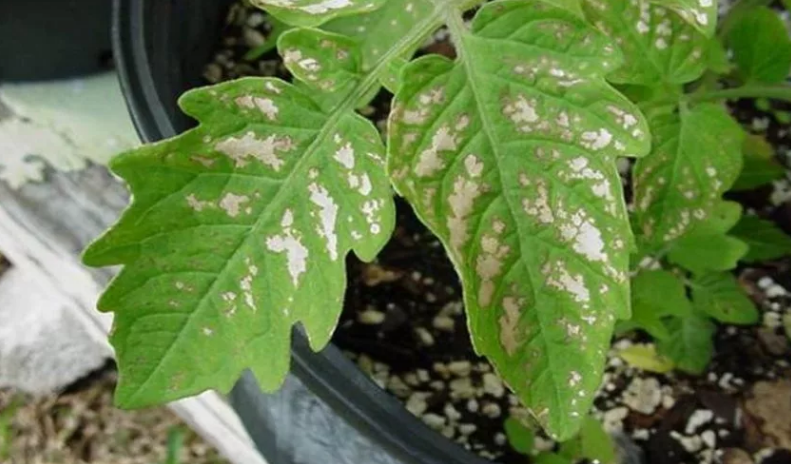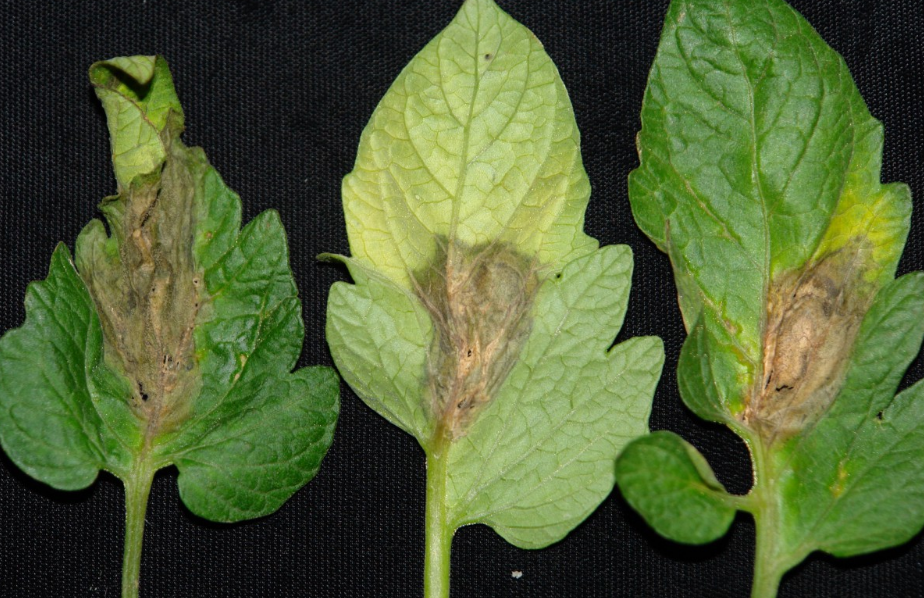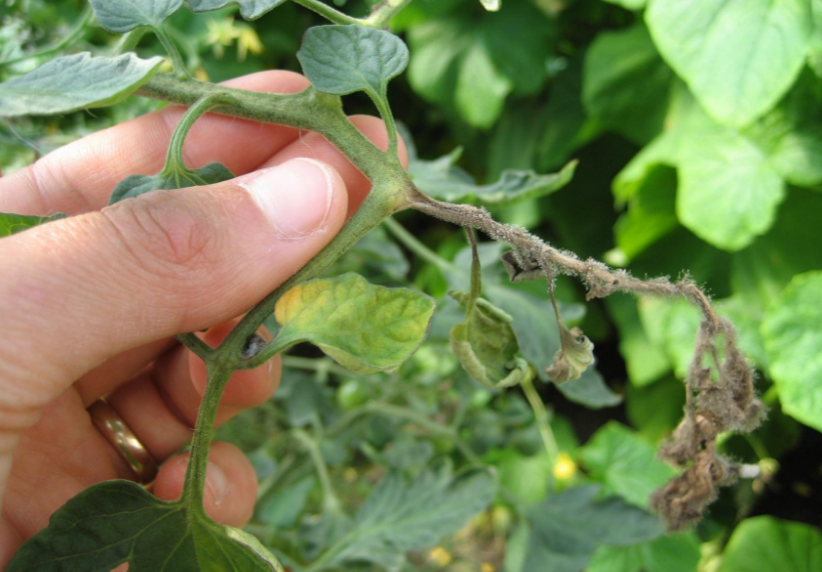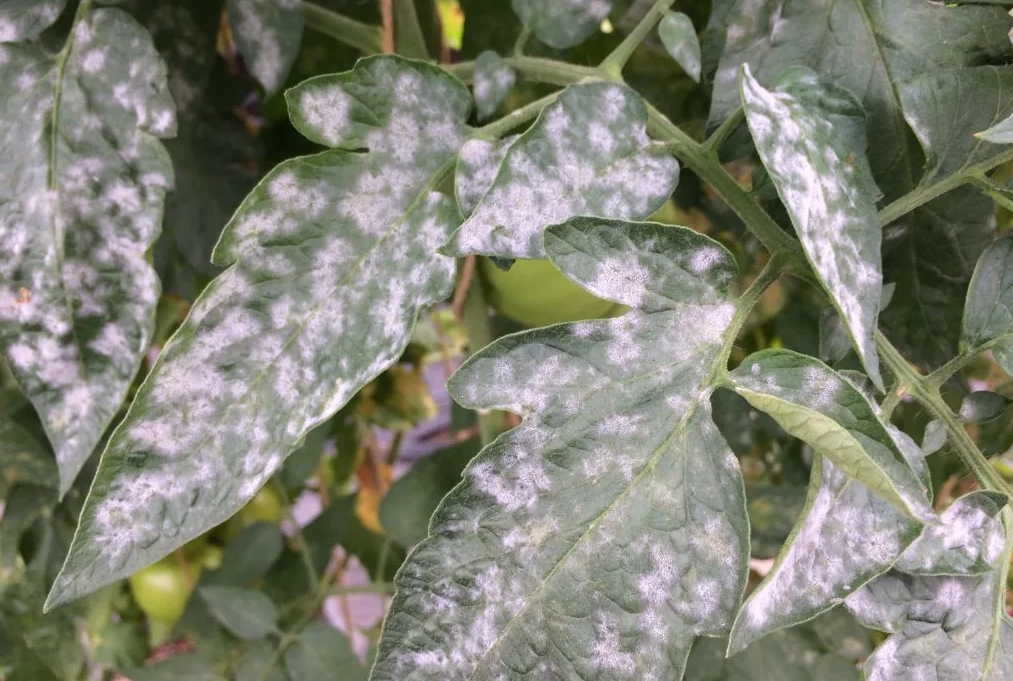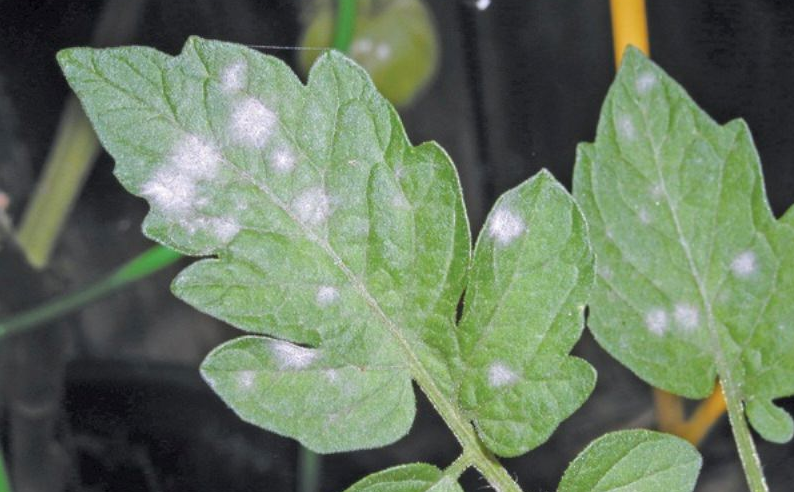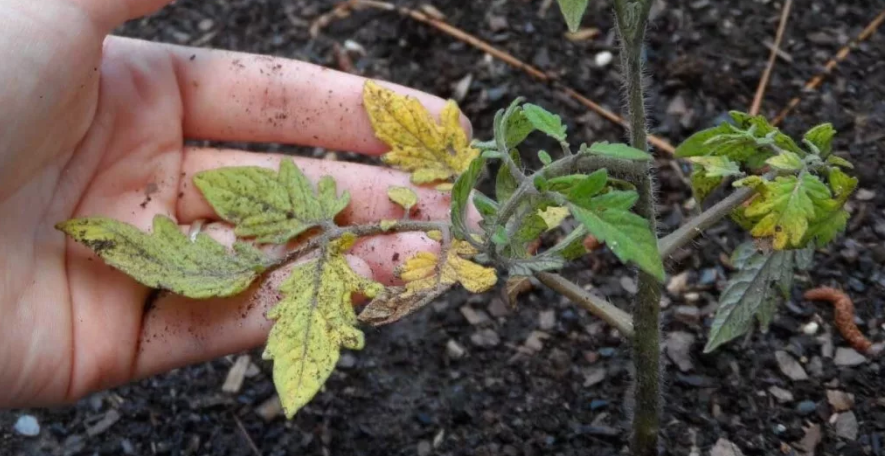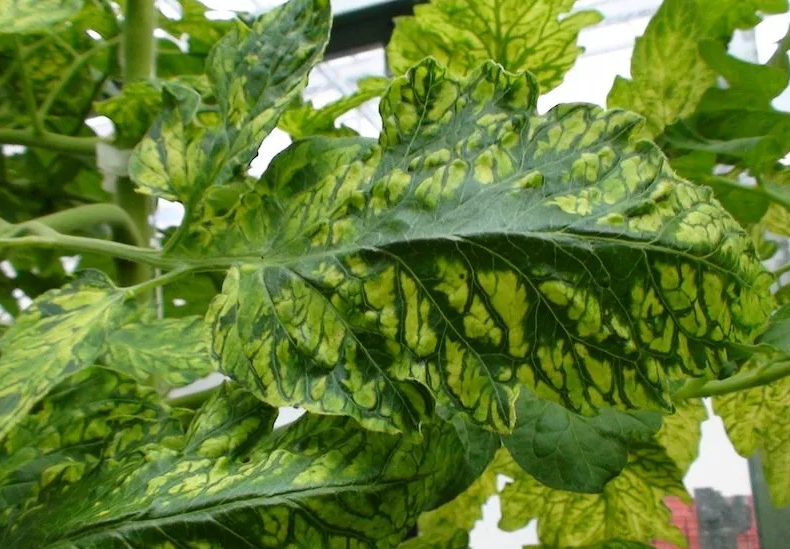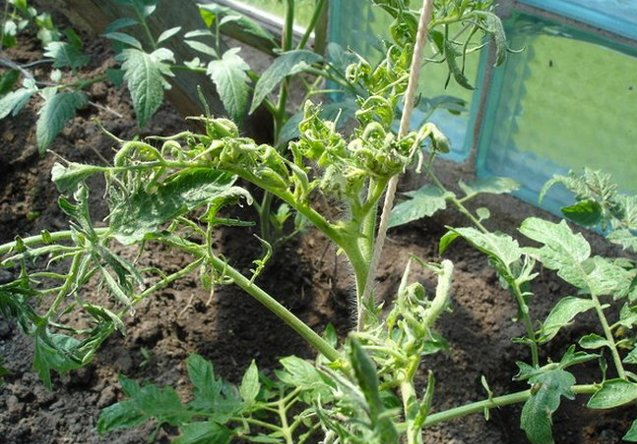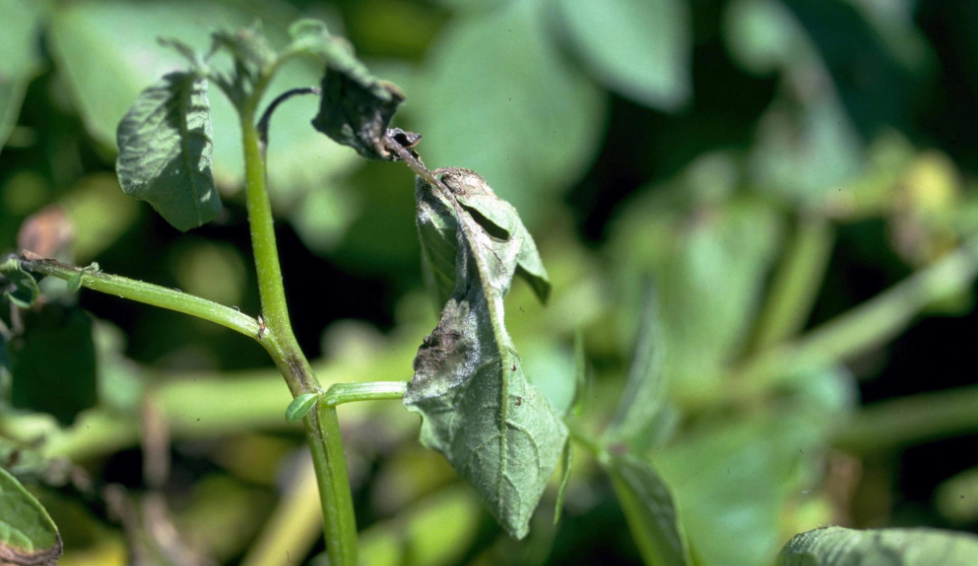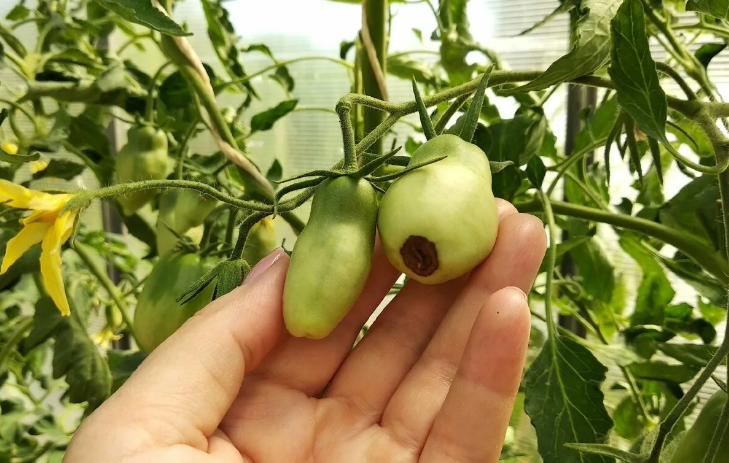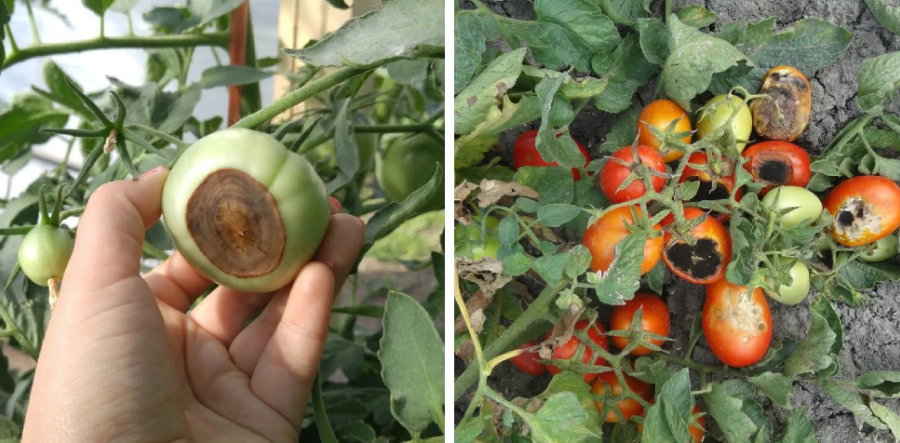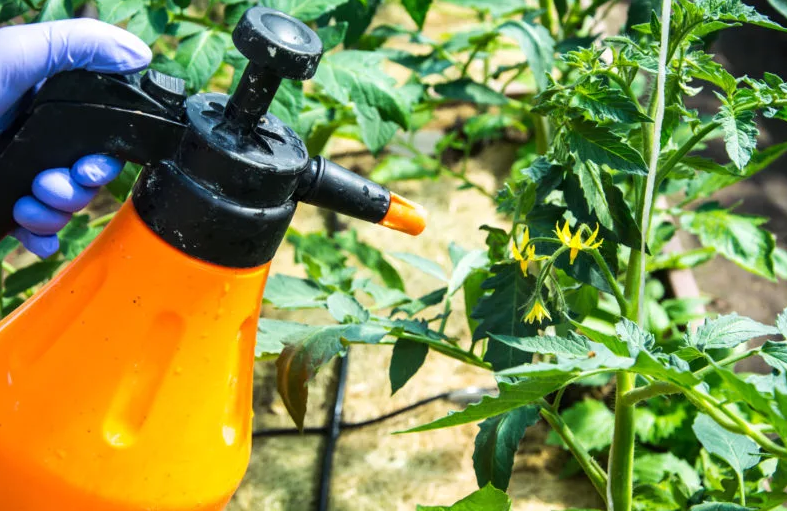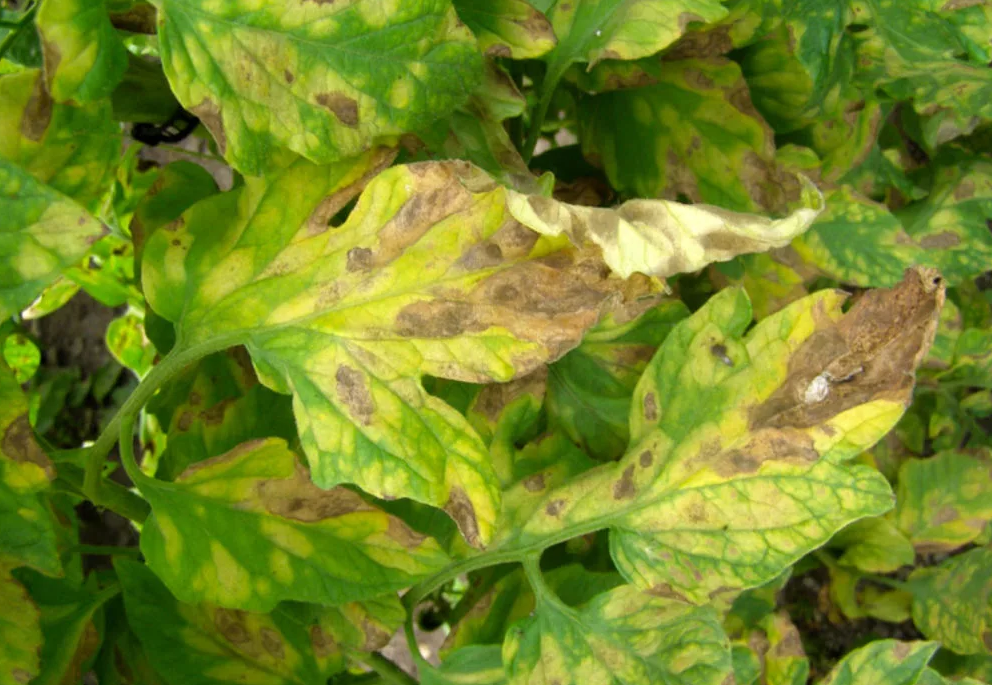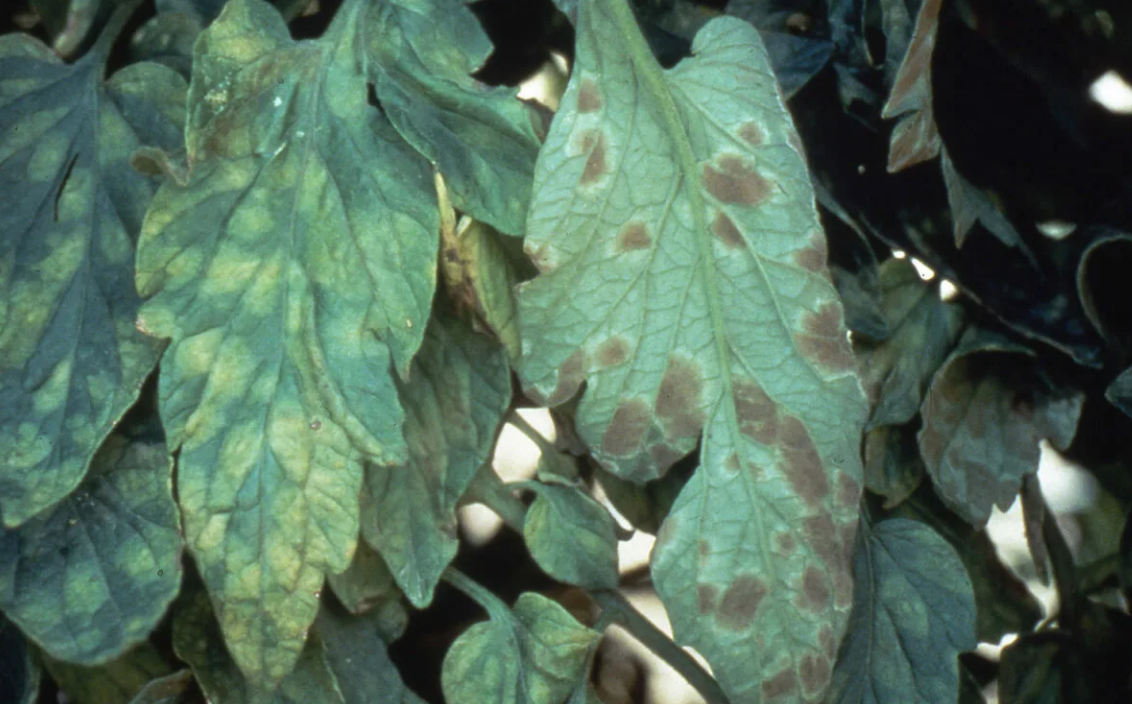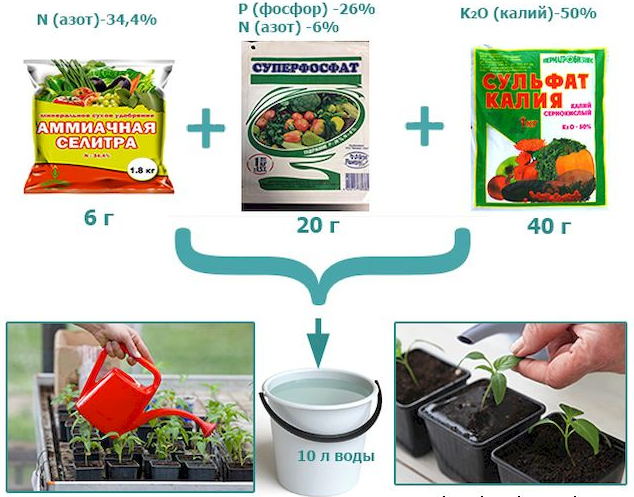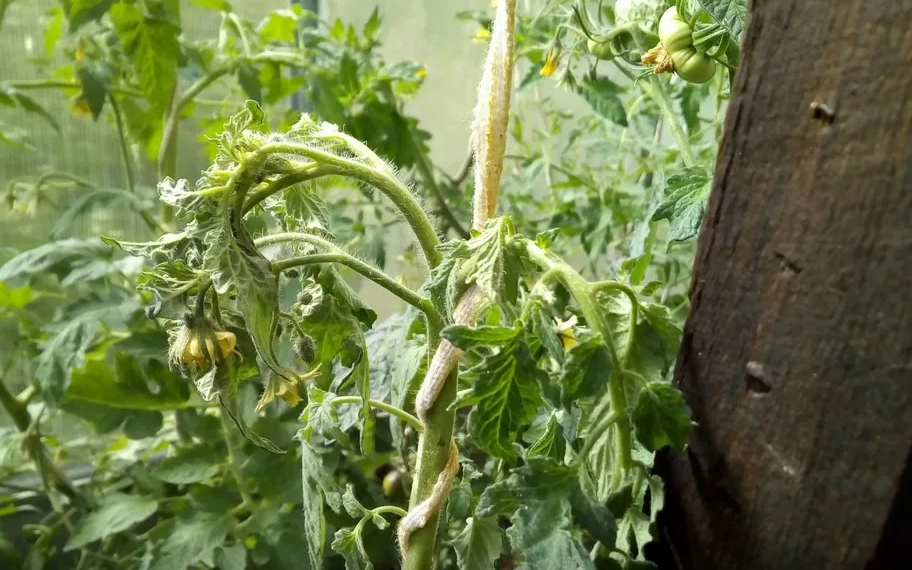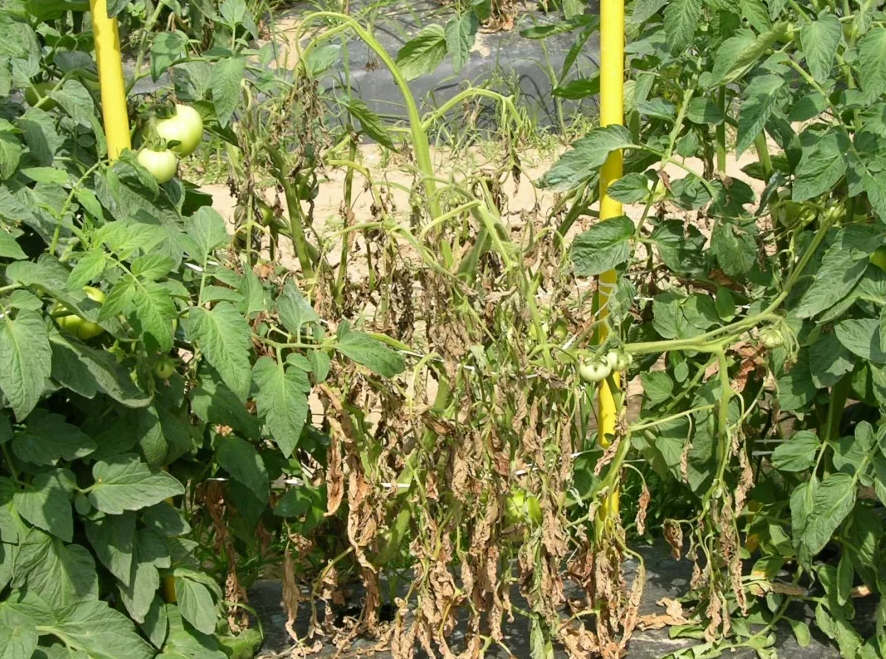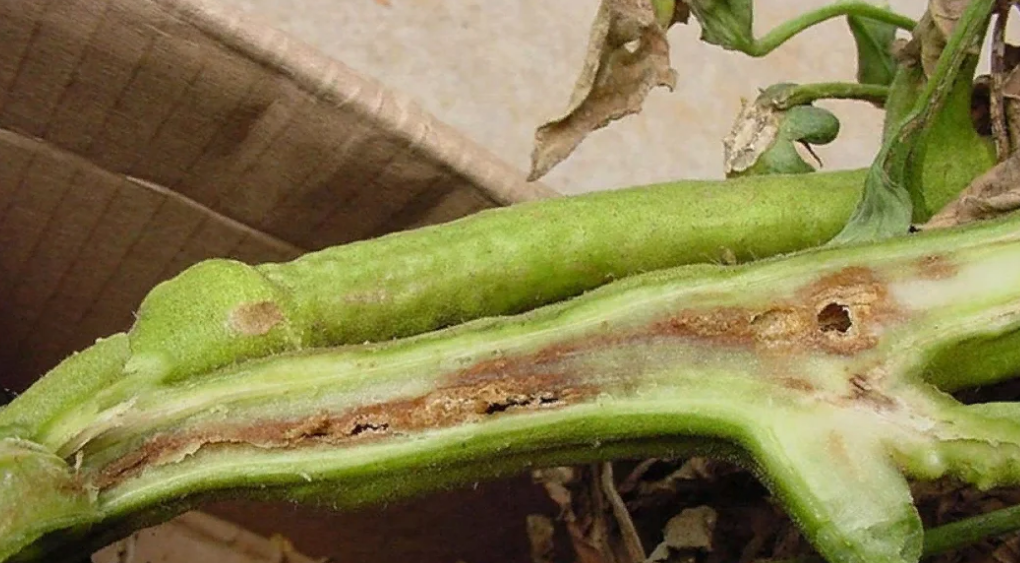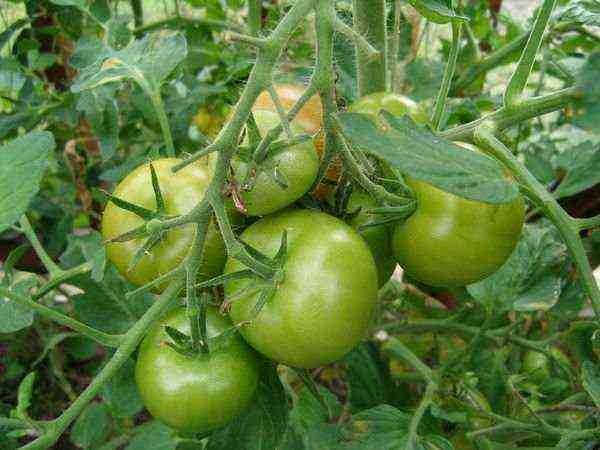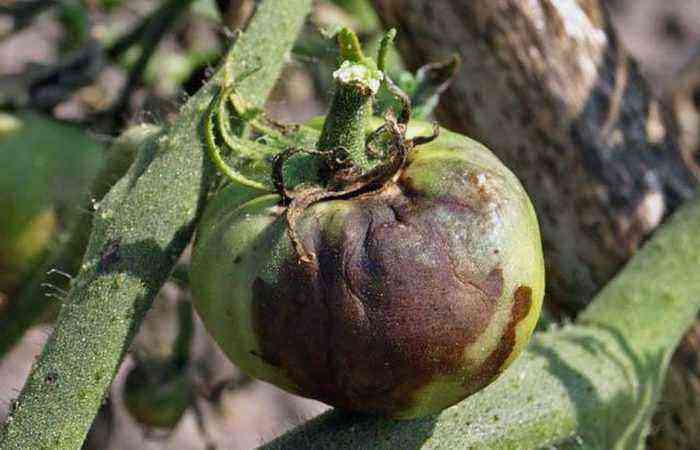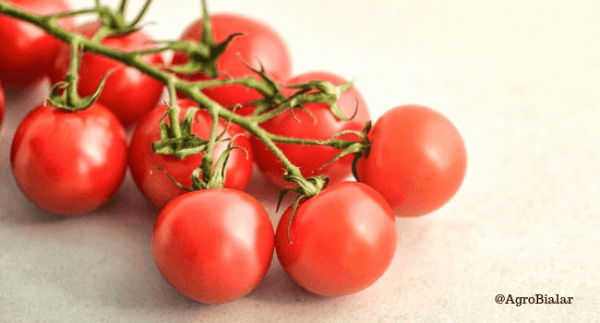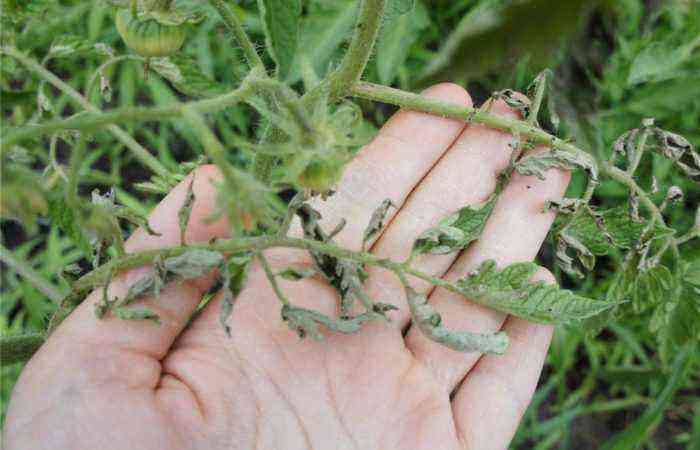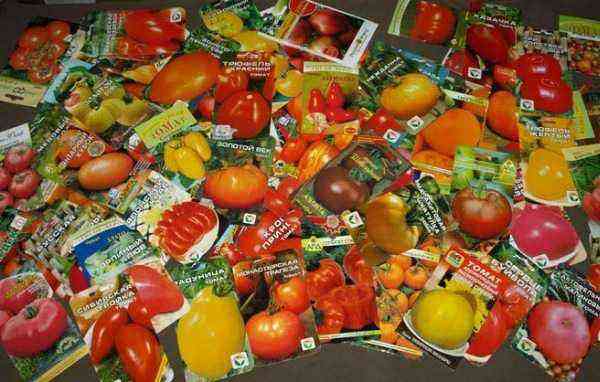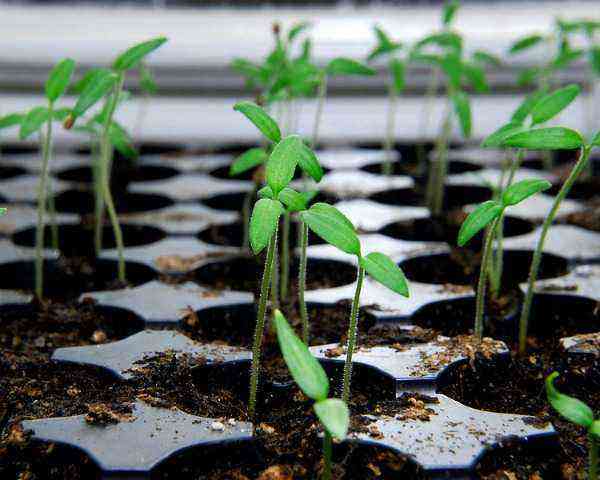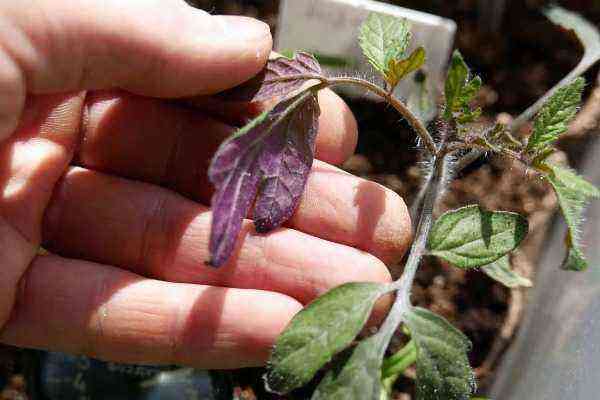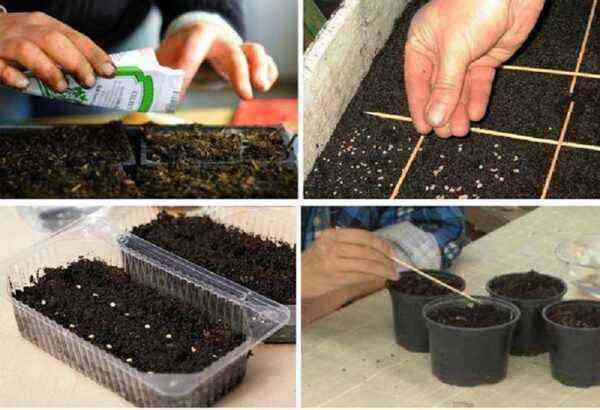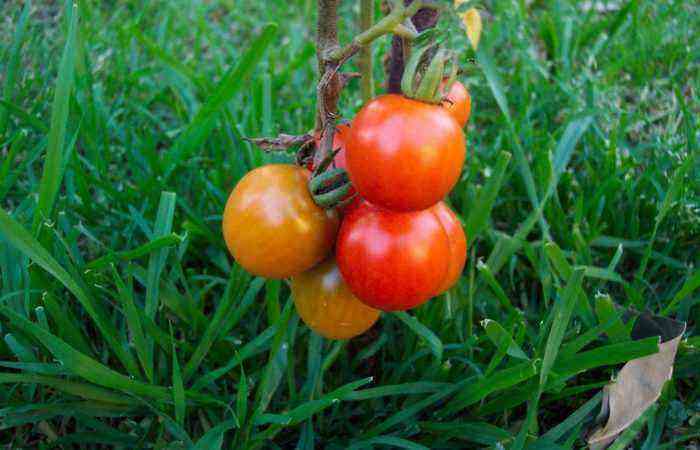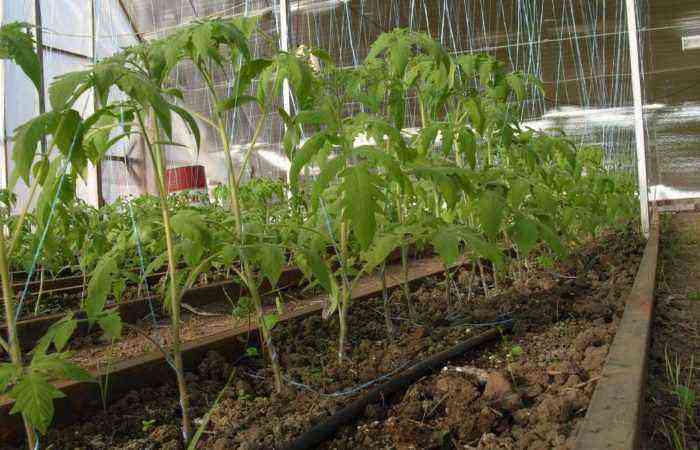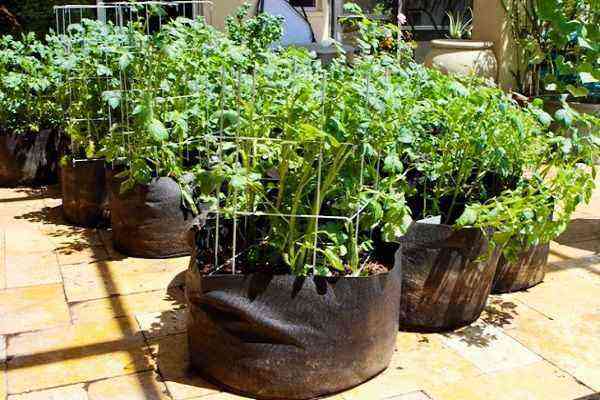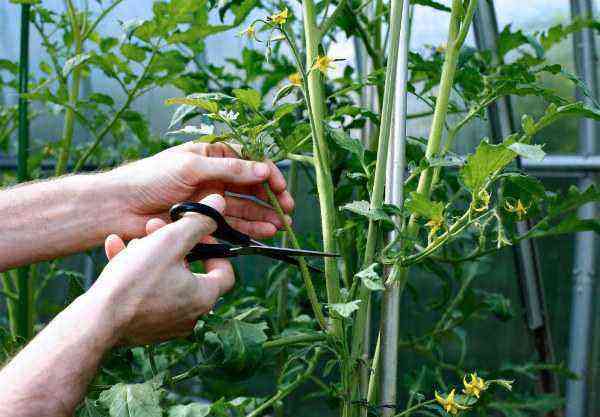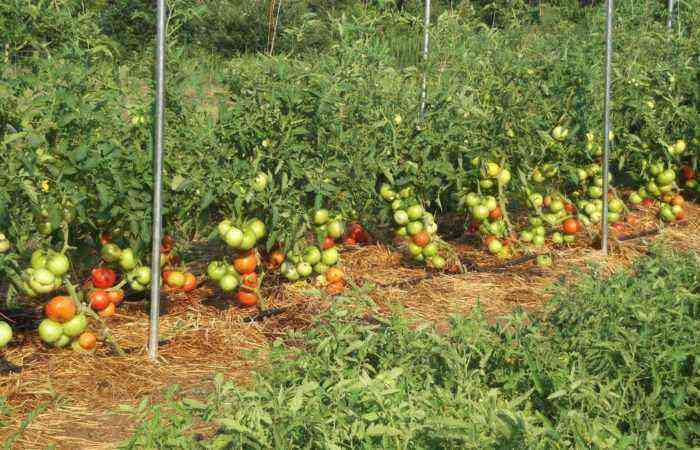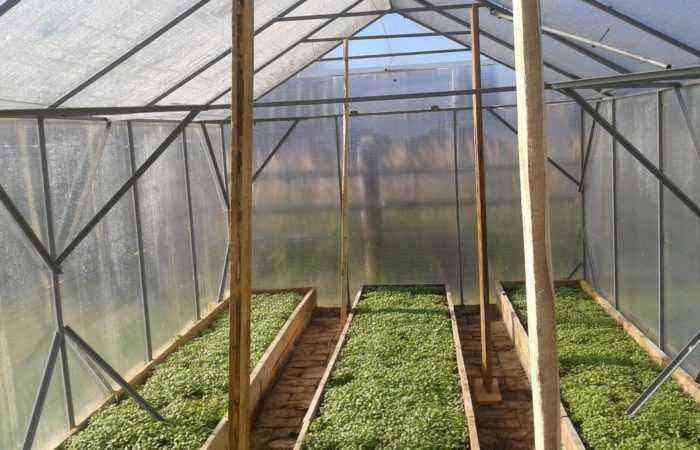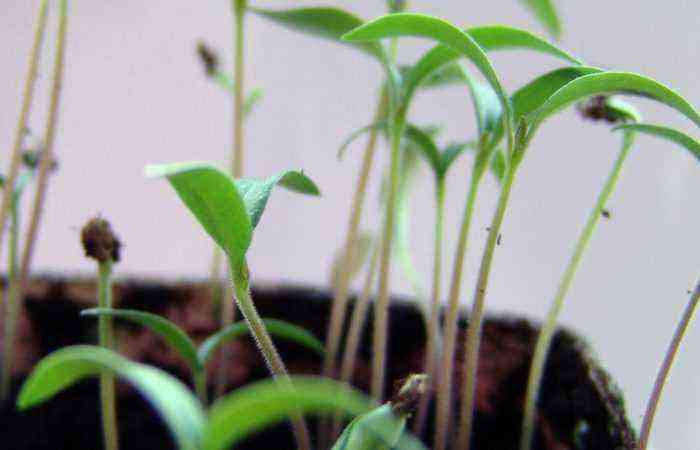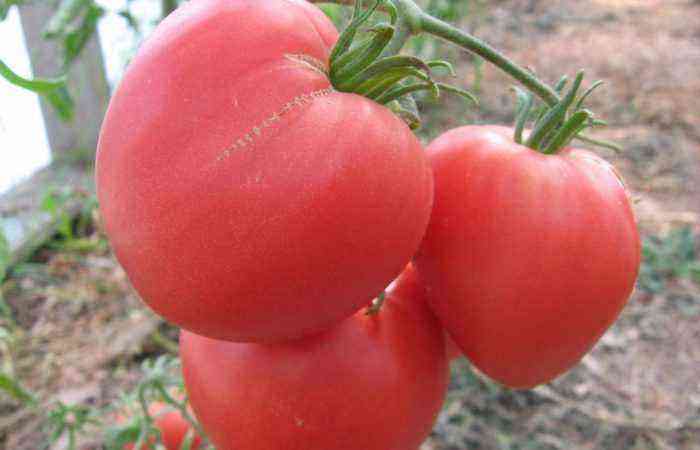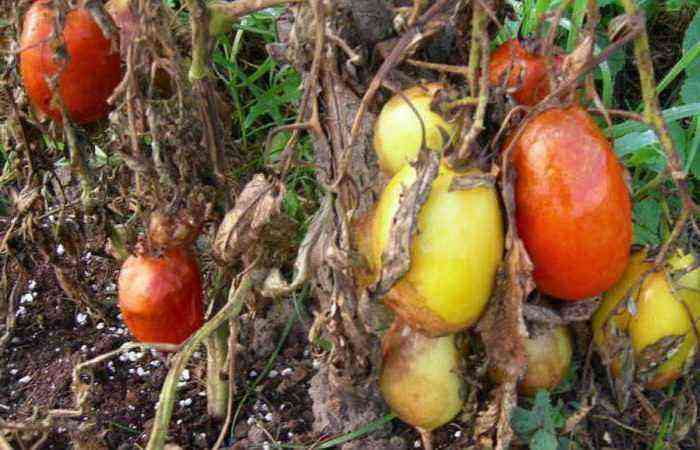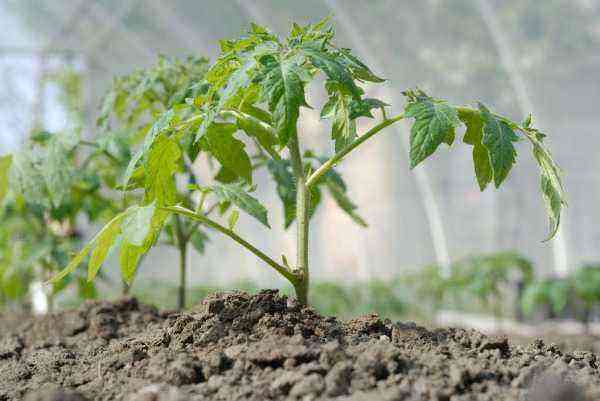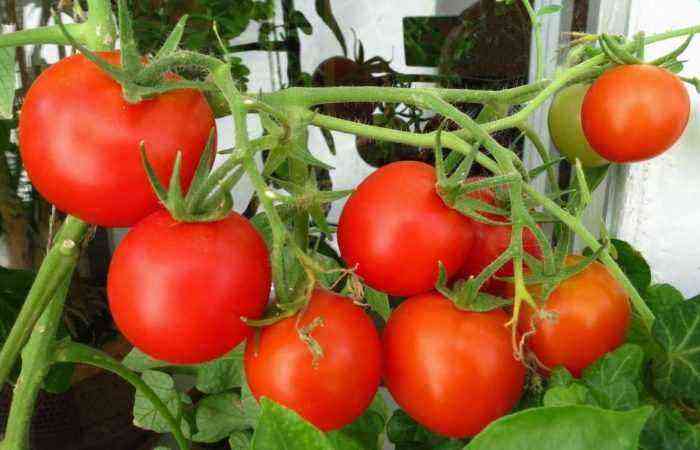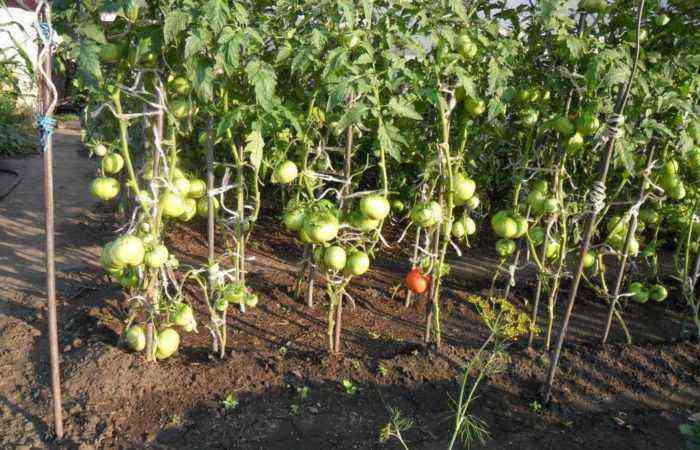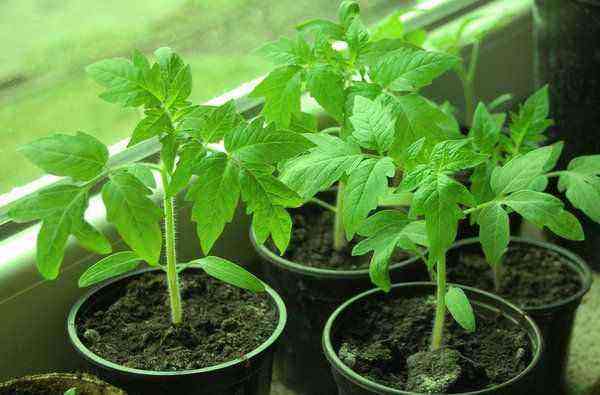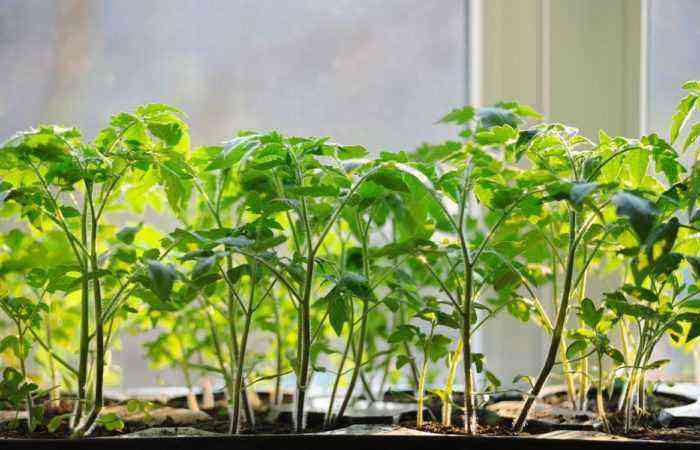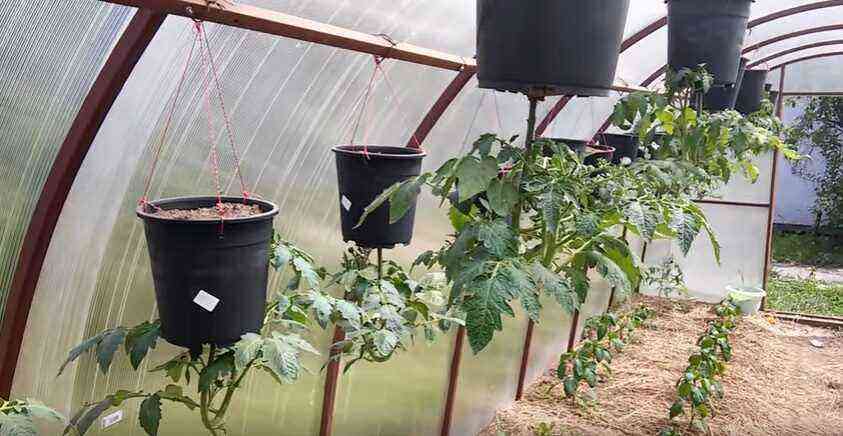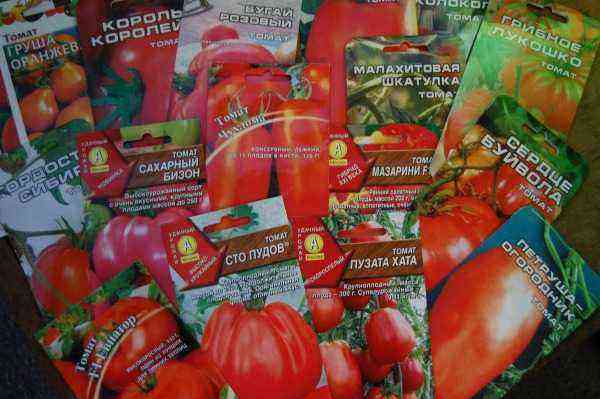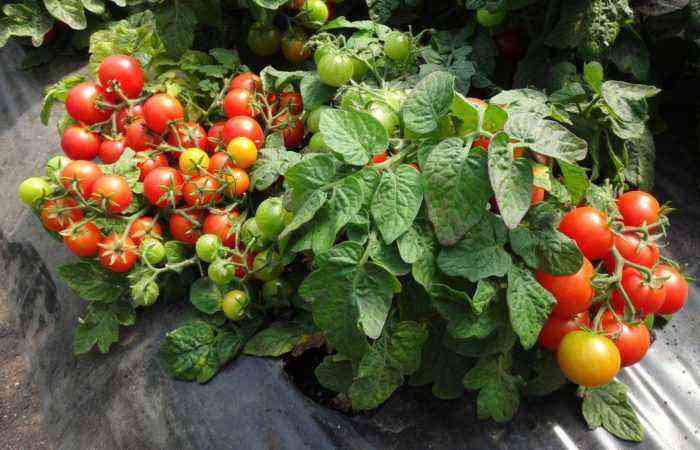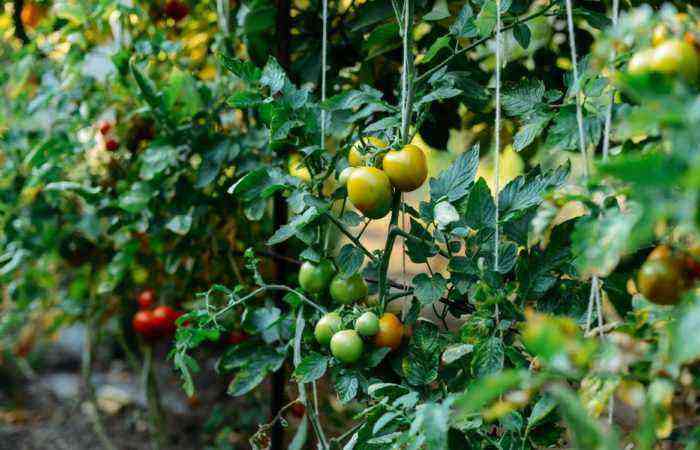Experienced gardeners, of course, know what different diseases look like and how to prevent them. But young gardeners have questions: what to do, how to prevent the situation with tomato diseases from worsening, and what diseases generally exist.
Let’s look at all the diseases of tomatoes in pictures and how to treat them.
Fungal diseases
We turn to the analysis of the most common diseases that every greenhouse or amateur gardener faces.
Consider tomato diseases with photographs and ways to deal with these infections.
Fitoftoroz
The disease is also called “brown rot”. May appear on roots, fruits, leaves (dark brown, dry spots form).
The best ways to treat late blight at home are:
- Lay a thick layer of mulch (soil cover).
- Avoid moisture stagnation (ventilate, water the tomatoes correctly).
- Create a competitive microflora on the leaves (yeast, serum, stimulating the development of microflora, colonization of trichoderma).
- Do not plant potatoes next to tomatoes (the distance between them should be at least 3 m).
Go ahead! What other tomato diseases exist in a greenhouse with descriptions and photographs?
Blackleg
A disease caused by a fungus that lives in the upper layers of the soil and feeds on dead plant tissue.
The prevention method is based on creating optimal conditions for growing young seedlings:
- Use light, moist, breathable substrates (sow in rows to allow ventilation, light loosening of the soil).
- Special sprinklings of river, calcined sand are important (it dries out faster, creating a sprout exit from the soil to the dried surface at the border).
White spot
The disease process is manifested by rusty spots with light patches, a black border on the leaves.
Garlic infusion is considered a good folk remedy:
- Chop 10 garlic cloves.
- Dilute with water.
- Insist for a day.
Or a recipe for iodine milk: mix 500 ml of milk with 15 drops of iodine in 5 liters of water.
Rotten
There are 2 types: gray and white rot.
These diseases develop from heavy rains, humidity, low temperatures, lack of ventilation.
Both rots appear on any part of the plant.
There are still no effective means to combat them. It all comes down to preventive measures.
- Cleaning up plant debris.
- Disinfection of the greenhouse.
- Cultural turnover.
If you use chemicals, this will only help in saving plants that have not yet been affected!
Mučnistaâ rosa
Literally no plants are spared: ornamental, bushes with flowers, trees. Even when using special solutions, powdery mildew will take over the garden if each bush is not carefully treated.
The first signs are withered, yellowed ends of the sheets. In the future, they develop into a white coating.
Dealing with powdery mildew is easy! Excellent medium – ash solution:
- Fill the ash with water.
- Let it brew for a day (during this time, mix 2-3 times).
- Remove pop-up embers.
- Filter (optional).
- Add soap diluted with water (from 50 g per 10 l).
With this solution, no powdery mildew is terrible!
Viral diseases
An unpleasant moment: viral diseases are not treatable, since the virus is not a fungus! Tomatoes that have picked up the virus must be removed from the garden.
Mosaic
One of the diseases of tomato seedlings. Symptoms: yellow spots appear on the leaves of the tomato, there are tubercles, which is why the mosaic got its name.
Again, it is better to simply remove it from the garden so that the infection does not spread with plant sap, insects.
Aspermia (seedlessness)
A tomato grows and grows and suddenly the tops of the leaves become small.
This is indicative of aspermia. Often the reason is the sudden introduction of a large amount of fertilizer containing nitrogen. This is especially true for tomatoes fed with ammonia.
Plants first begin to grow actively, after which ammonia becomes nitrate, and they experience nitrogen starvation. These “swings” contribute to the development of aspermia.
Strick
What it is? This is a disease that is considered one of the varieties of the mosaic. The streak spreads very quickly: first, brown stripes appear, strokes on the leaves, cuttings, stalks.
Then the strokes merge into a single brown spot, capturing the upper part of the plants – they begin to disappear. The process of photosynthesis decreases, sections of the stems become stained, everything begins to disappear. Hence the name strik: from the word stroke.
Aphids are considered to be carriers of this virus.
There are no chemicals! Only preventive measures will have to be taken:
- Stop feeding plants with nitrogen. You can give mineral top dressing with trace elements of calcium, potassium, phosphorus, magnesium (it will increase the immunity of the plant).
- Pulling out, cutting off diseased parts of tomatoes will partially save them (constantly disinfect the secateurs or cut off with your hands).
- In hot weather, plants will recover if all rotten fruits are removed.
Vertex Rot
One of the problems for growing tomatoes, especially long-fruited varieties. This disease is often associated with a lack of calcium in the soil, but there are other reasons: an excess of potassium, excessive application of potassium monophosphate, heat.
Ash, alkaline solutions without slaking with vinegar cause calcium to bind in the soil, it becomes insufficient. Therefore, the use of such preparations without vinegar is very harmful for tomatoes.
There are varieties of tomatoes, in principle, vulnerable, and no matter how you dance over them, they will still pick up some kind of infection, i.e. there is a genetic component. Just avoid those types.
Someone advises treating tomato leaves with calcium solutions, which will not bring results. Blossom end rot must be fought by watering these mixtures throughout the bush.
There is a good, proven way to get rid of this infection:
- Dissolve 3-4 tbsp. dolomite flour (is a source of calcium, magnesium) in 1 liter. 9% vinegar.
- Dilute in 10 liters of water.
- Pour 0,5-1 solution per tomato bush.
Bacterial diseases
The danger of these diseases is that there are no active means of protection against them, as is the case with the virus.
With constant, uncontrolled treatment with fungicides, bacteria develop even more strongly.
brown spot
It is difficult to find an amateur gardener who has not encountered cladosporiosis. The symptoms can predict the disease: the presence of yellow, well-defined olive spots on the upper side of the leaf.
Cladosporiosis is a benign disease due to the fact that it is sensitive to copper-containing drugs. If you start the fight on time (before fruiting), you can get rid of outbreaks of the disease.
But many are faced with the fact that all attempts do not work. The reason is the untimely protection of their greenhouse fruits!
Keep in mind: for 1 treatment, magic will not happen! This should be a methodical work, starting with treated planting material (seeds), adequate seedling care, normal top dressing (with potassium, phosphorus), full fat control.
By the beginning of the treatments after planting the seedlings, after 2-3 weeks, start doing treatments with copper-containing preparations. Continue them until the first fruits are set periodically after 10-12 days.
Black spot
This ulcer disease is easy to recognize: on the outside of the leaf there are dark brown spots visible even to the naked eye.
Spraying should be carried out annually. The main preparations are topaz, skor (absorbed into the leaves, keep for a long time).
Withering
At the sight of bacteriosis of tomatoes, it seems that the fruits lack moisture, but this is not so! The ground may be wet, mulched, but wilting still occurs.
No drugs will help! You need to get rid of the bush (it is better to burn it).
Cancer
This tomato seedling disease is very dangerous!
A bacterium settles in the root of the fruit, affecting the neck and shoots of plants. Then decay occurs. It is difficult to see the initial development of the disease, but it affects everything in a row: the bushes continue to develop, weakening at the same time. In the future, the bacterium infects neighboring areas.
As soon as you see the swollen part on the stem, remove it, do not try to save it, just waste time, effort and harvest.
In the place where the cancer-infected tomatoes grew, plant cereals, they will restore the soil.
To prevent recurrence, you need to:
- Plants should be carefully inspected (especially in autumn). If there are tubercles on the trunk, cut it out.
- Treat with copper-containing preparations.
- Spray with zinc sulfate (3 g per 10 l).
Tomato seedling diseases are dangerous, but with timely intervention and constant care, you and your plants will be fine! And no dark spots on the sides of the fruit are terrible (see photo).
